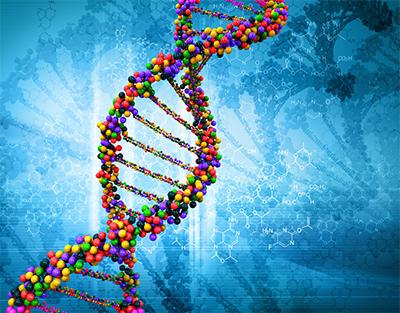Edinburgh archaeologists participate in major ancient DNA study published in Nature
The DNA analysis of nearly 800 ancient individuals suggests a significant Bronze Age migration from mainland Europe to Britain.

Ancient DNA (aDNA) studies are revolutionising our understanding of mobility in the past, particularly in periods with few or no written sources. A new article published in December 2021 in Nature has revealed the existence of large-scale population movements from mainland Europe into Britain during the Middle to Late Bronze Age, thus revealing a hitherto unknown migration that had profound effects for the subsequent history of the island. The study, under the leadership of authors such as Professor David Reich (Harvard Medical School Reich Lab) and Professor Ian Armit (University of York), has included the participation of four scholars linked to the Edinburgh University Archaeology Department: Dr Catriona Pickard, Dr Manuel Fernández-Götz, Dr Kathleen McSweeney, and emeritus Professor Clive Bonsall.
The work has sequenced the genomes of nearly 800 Bronze and Iron Age individuals from Britain and the European mainland, showing that early European farmer (EEF) ancestry coming from the continent increased significantly in England and Wales between 1000 and 875 BC. This was due to the arrival of migrants during this period and in the immediately preceding centuries, probably coming from present-day France. In addition, the study suggests that these population movements could have resulted in the introduction of early Celtic languages into Britain. While aDNA does not tell us what language people spoke, the combination of archaeological, linguistic, and genetic data makes this a plausible hypothesis.
Dr Catriona Pickard's staff profile
Dr Manuel Fernández-Götz's staff profile
Dr Kathleen McSweeney's staff profile

